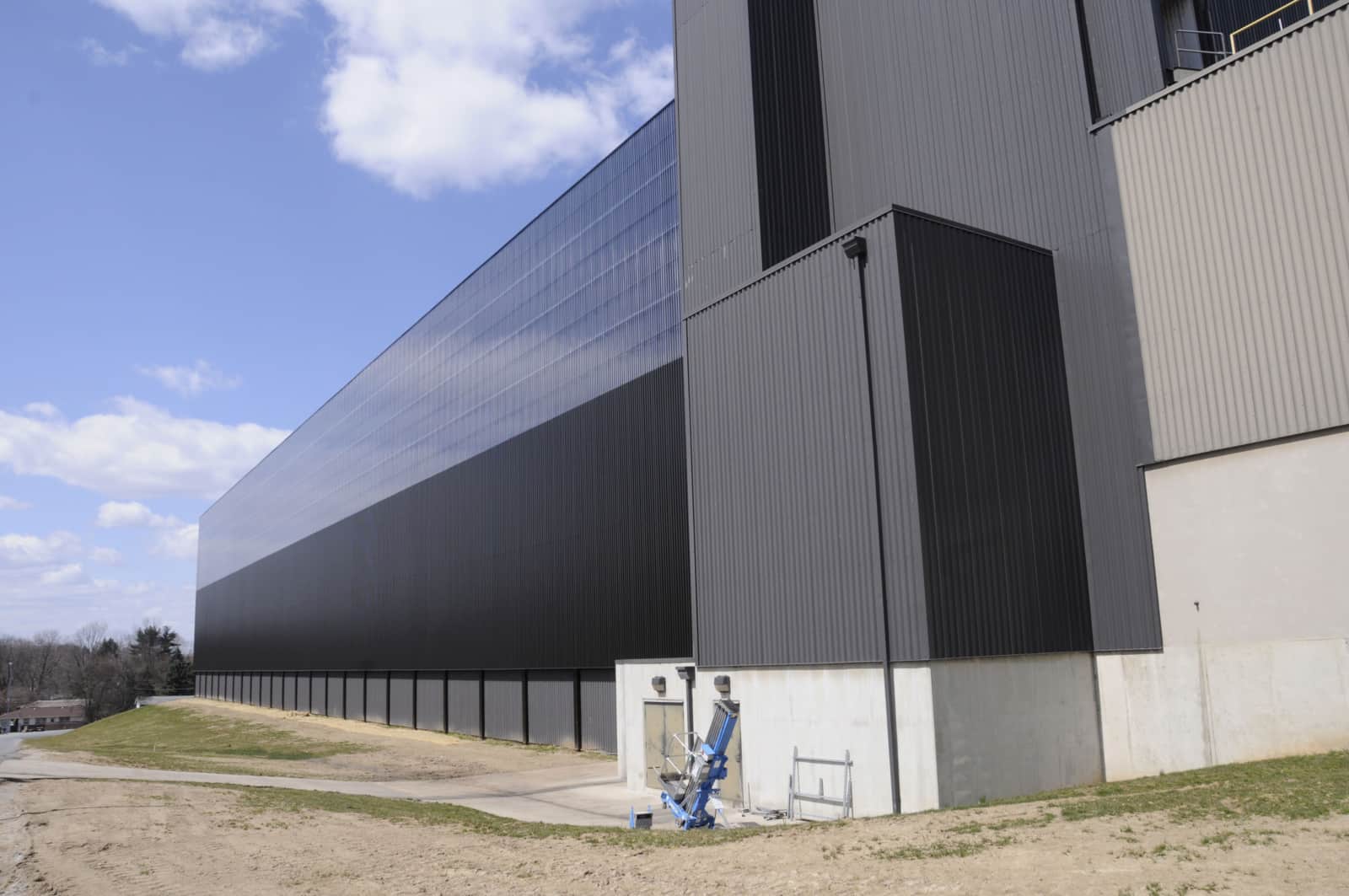Building-Integrated Solar Air Heating Systems Proving Popular
Wednesday, Apr 16 2014

For some parts of the United States, such as Upper Michigan, the winter of 2013-14 was the coldest in recorded history. In Marquette, for example, the average temperature was a tundra-like 7.5 degrees.
Well, what if I told you that it’s possible to cut your building’s energy use (in some cases by up to half), while protecting the environment, too? Sign me up, right? Simply put, innovative solar heating and cooling systems (SHC), which are growing in popularity nationwide, could be the winning ticket for you.
According to new industry data, a growing sector of the U.S. solar energy industry has reached a major new milestone, with 5 million square feet of building-integrated solar air heating collectors now installed in North America. These systems represent 250 megawatts (MW) of thermal energy and displace nearly 100,000 tons of CO2 each year from the atmosphere.
Unfortunately, building-integrated solar air heating systems are often overlooked in the discussion about renewable energy. It’s time to change that mindset. These cost-effective, energy-efficient systems can reduce by 20 to 50 percent the amount of conventional energy used for heating buildings – or for agricultural or process drying applications. That can represent a huge savings to companies, business owners and farmers nationwide.
Solar air heating systems work by heating incoming ventilation air before it is brought into a building’s heating, ventilation and air conditioning system (HVAC), using wall-mounted collectors that are typically made of metal and have 30-plus year lifespans.
By our estimates, we can create more than 50,000 new American jobs and save $60 billion in energy costs over the next 30 years by expanding the use of SHC systems across the United States. Today, approximately 44 percent of all American energy consumption is attributable to heating and cooling. As a nation, it’s time to re-think our strategy for generating energy for our homes, businesses, schools and government buildings.
According to BEAM Engineering, a Boston-based energy consulting firm, SHC is the most efficient renewable technology for generating thermal heat and costs are as low as 6 cents per kilowatt (kWh) hour. Last year, SEIA’s Solar Heating and Cooling Alliance released a comprehensive report, detailing how SHC technologies can help to power the U.S. economy, while significantly reducing pollution. So the next time your electricity meter is spinning like a dog chasing its tail, think about how nice it’d be to spend less money for energy – and more money on yourself!